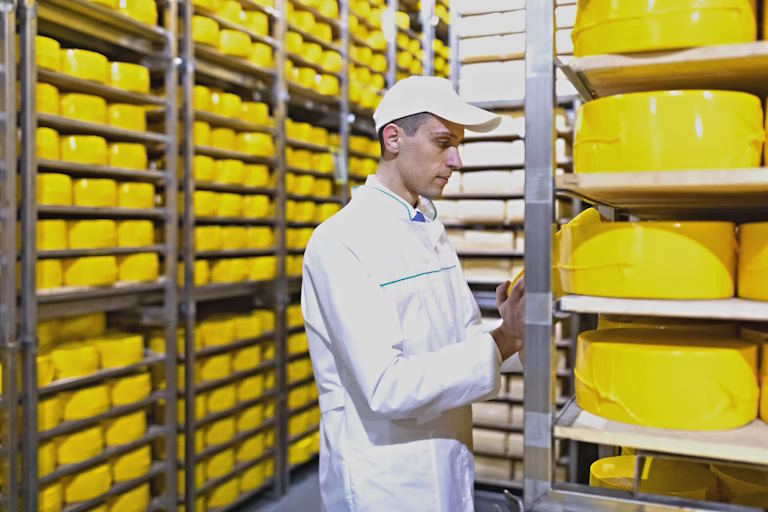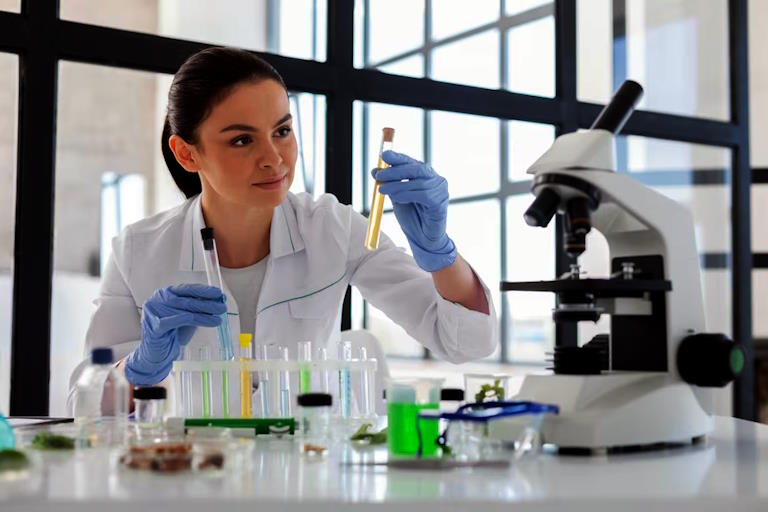
Climate neutrality is one of the key themes of bauma 2025 (Image source: Messe München GmbH
In December 2019, the EU Commission presented the ambitious goal of making the European Union climate-neutral by 2050. According to estimates, the value chain in the construction industry is currently responsible for around 36 percent of CO₂ emissions within the EU. The vast majority of greenhouse gases are generated during the extraction of building materials and during the decades-long operation of the finished buildings. Nevertheless, in order to achieve the goal, everything must be done to achieve the greatest possible decarbonization during the construction phase.
High expectations of process optimization
One approach to more climate protection on the construction site is to improve machine efficiency. “As the international construction machinery industry has been vigorously driving this development for decades, a lot has already been achieved here – for example through increasingly economical components and system designs,” says Joachim Schmid, Managing Director of the Construction Machinery and Building Material Systems Division at the Association of German Mechanical and Plant Engineering (VDMA). In his opinion, process optimization in the use of construction machinery currently promises particularly great effects towards climate neutrality.

Opportunities through digitalization and automation
At bauma, the opportunities offered by digitalization and automation will become particularly clear. Digital solutions enable machines to be scheduled more effectively, which helps to avoid idle times. The development of sophisticated machine-to-machine communication can ensure more efficient production chains, while smart sensors can monitor the condition of the machines and thus detect any technically-related increase in energy consumption at an early stage.
“There is still significant potential for CO₂ savings in machine operation,” says Schmid. In addition to appropriate training for machine operators, the industry is increasingly relying on digital assistance systems and (partial) automation of processes.
Alternative drive concepts as a separate key theme
Another important lever for decarbonization is the development of alternative drive concepts. In addition to the already widespread use of electric motors, many companies and research institutions are also dedicated to the development and testing of hydrogen-powered construction machinery. The use of hydrogenated vegetable oil (HVO) also promises great potential for saving greenhouse gases. “Alternative drive concepts are currently so relevant to manufacturers and users that we are dedicating a separate key theme to this technology segment at bauma 2025,” explains Nicole Schmitt, Exhibition Director of bauma.
Bringing manufacturers, users and politicians into discussion
In order for the transformation to a climate-neutral construction site to succeed, not only technological innovations from machine manufacturers and construction companies willing to innovate are required, but also targeted decisions from politicians, such as suitable legal frameworks, reducing bureaucracy, research funding or guard rails for the development of a comprehensive supply infrastructure with alternative energy sources. “The bauma is the ideal platform for exchange between all those involved,” says Schmitt.